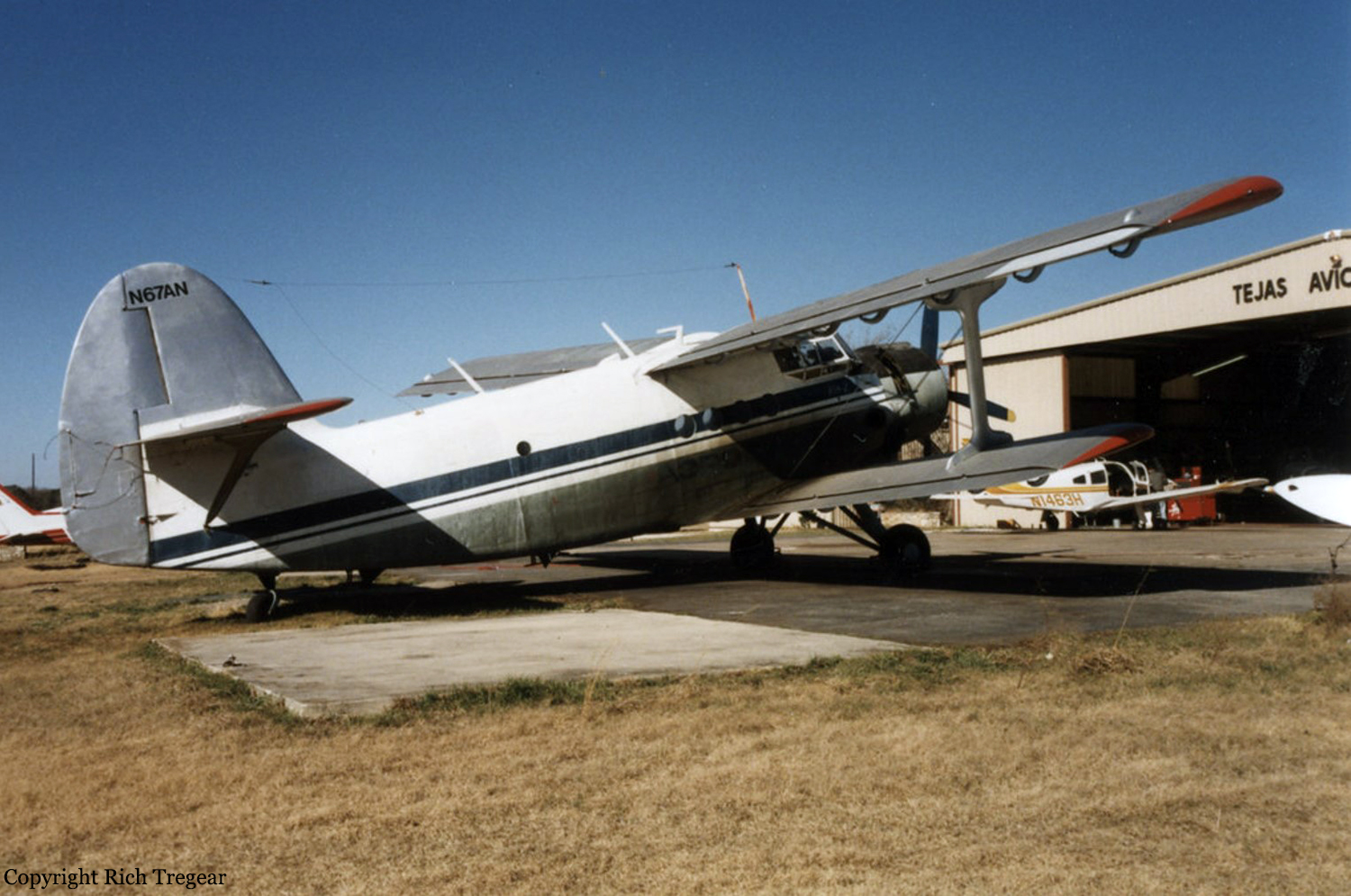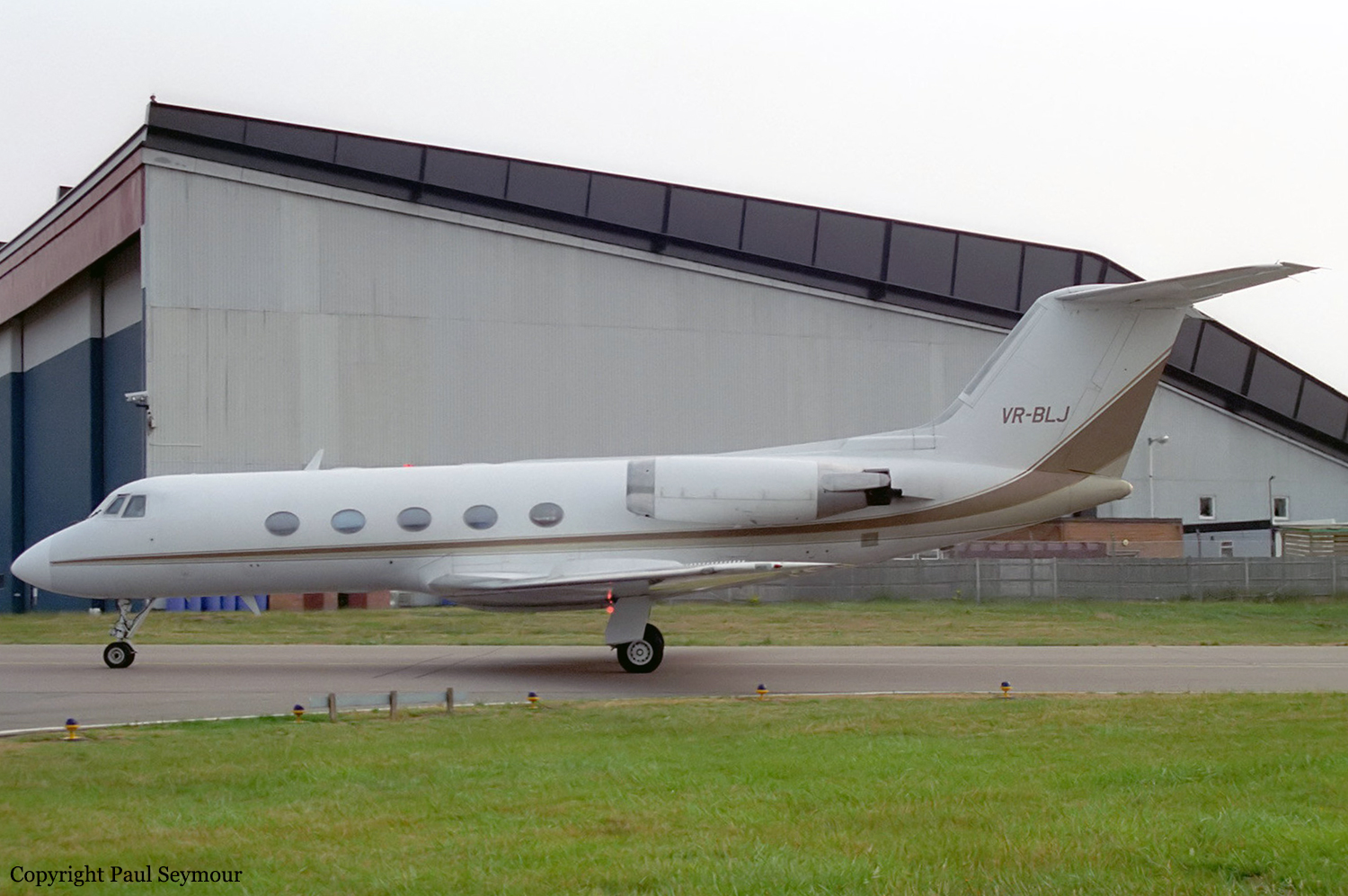Crash of a Boeing 707-369C in Bamako
Date & Time:
Jun 30, 1996
Registration:
5X-JON
Survivors:
Yes
Schedule:
Marseille – Niamey – Bamako
MSN:
20546
YOM:
1972
Crew on board:
4
Crew fatalities:
Pax on board:
0
Pax fatalities:
Other fatalities:
Total fatalities:
0
Circumstances:
While descending to Bamako-Senou Airport, the crew was informed about the poor weather conditions at destination with thunderstorm activity and strong crosswinds. As the visibility was estimated to be above 10 km, the crew decided to continue the approach. After landing on runway 06, the aircraft was caught by strong crosswinds and started to roll left and right, causing the right wing to struck the runway surface. Out of control, the aircraft veered off runway to the right and collided with a bunker. The right wing was torn off and the aircraft came to rest. All four crew members escaped uninjured.
Probable cause:
Loss of control after landing due to strong crosswinds in thunderstorm activity.










